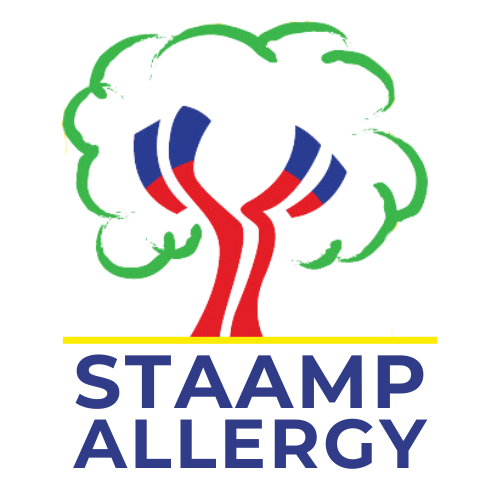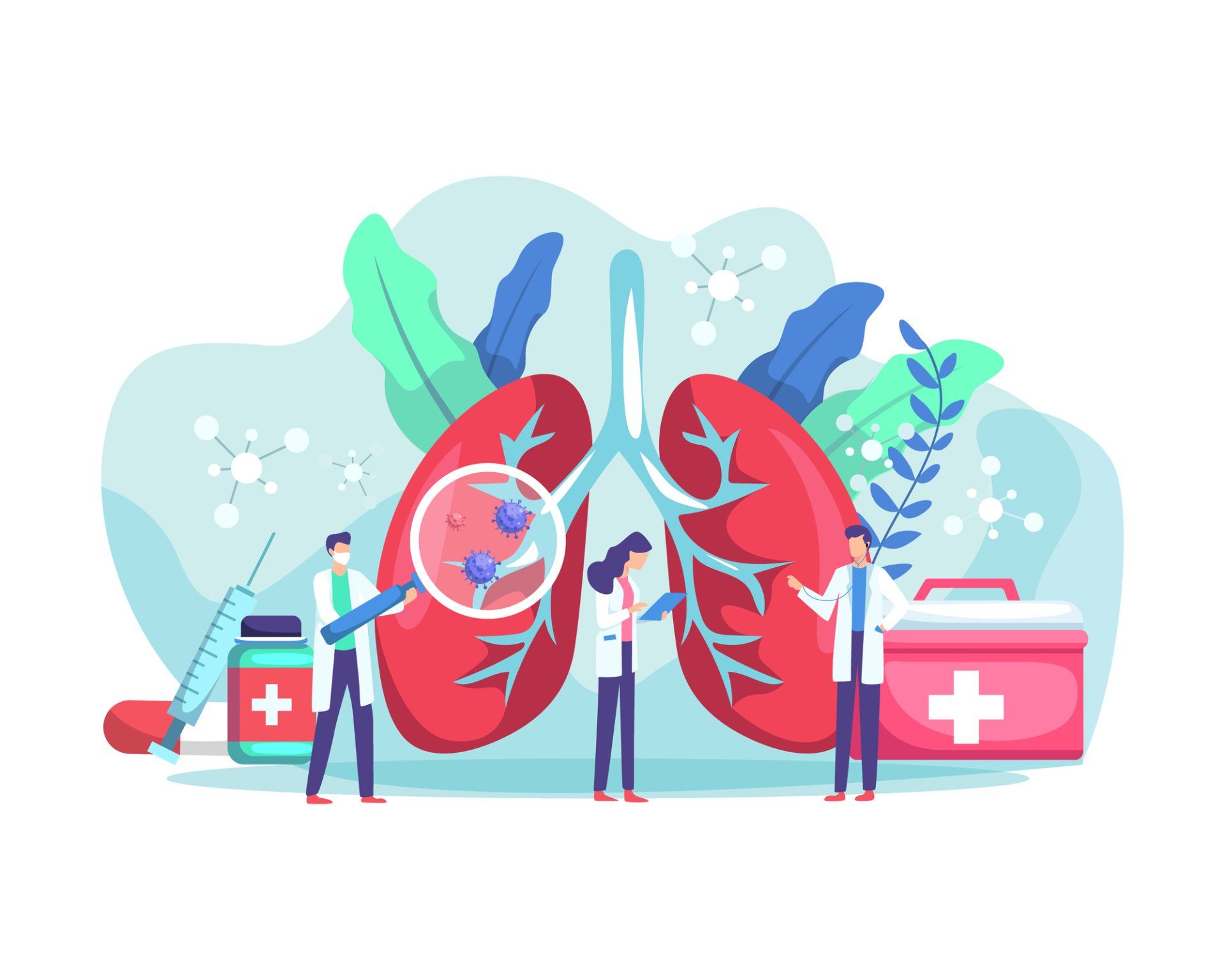About the Condition:
Nasal polyps are benign growths on the lining of the nose or sinuses. The cause of nasal polyps has been associated with chronic inflammation due to infection, immune disorders, allergies, and genetic predisposition. The symptoms associated with nasal polyps often depends on the size and location of the polyp. Small nasal polyps are generally asymptomatic but when located in areas such as the middle meatus, they may produce symptoms. Patients with multiple and/or larger polyps may suffer partial or complete obstruction of the nasal passages which may result in chronic or recurrent acute sinusitis symptoms. Thus, signs and symptoms of nasal polyps may include runny nose, persistent stuffiness, post-nasal drip, loss of smell and/or taste, facial pain, or headache.
References: Fokkens WJ, Lund VJ, Mullol J, et al. European Position Paper on Rhinosinusitis and Nasal Polyps 2012. Rhinology 2012;50(suppl 23): 1-298.
References: Meltzer EO, Hamilos DL, Hadley JA et al. Rhinosinusitis: establishing definitions for clinical research and patient care. J Allergy Clin Immunol 2004; 114(6 Suppl):155-212.
Purpose of the Study:
The clinical research study is being conducted to see if the study medication is safe and effective in reducing specific nasal symptoms and the size of nasal polyps in children between the ages of 12 and 17.
Participant Info:
- All medical examinations, physician visits, and medications will be provided to you at no cost.
- No insurance is needed for your visits since all costs are covered by the study. We pay you toparticipate!
- You’ll receive expert care from a highly educated and experienced team.
Eligibility Criteria
- Age 12 – 17
- Have nasal polyps in both nasal cavities
Contact Us Directly:
raul@staampresearch.com
More Clinical Studies:
Are your Allergies bothering you?
Let our specialists provide you with world-class care.

Our Mission:
Guided by the needs of our patients, we deliver personalized comprehensive medical care through science and compassion.
Allergy & Asthma
Clinical Trials
Chronic Care
Covid-19
Locations
Olmos Park:
341 East Hildebrand
San Antonio, TX 78212
Westover Hills:
10447 State Highway 151
San Antonio, TX 78251
Medical Center:
Medical Tower II
7940 Floyd Curl Dr Ste 1050
San Antonio, TX 78229
Contact
Phone: (210) 616-5385
Fax: (210) 647-1012
info@staampallergy.com
















